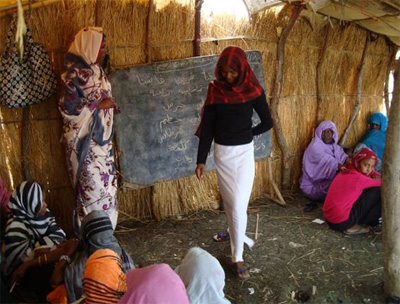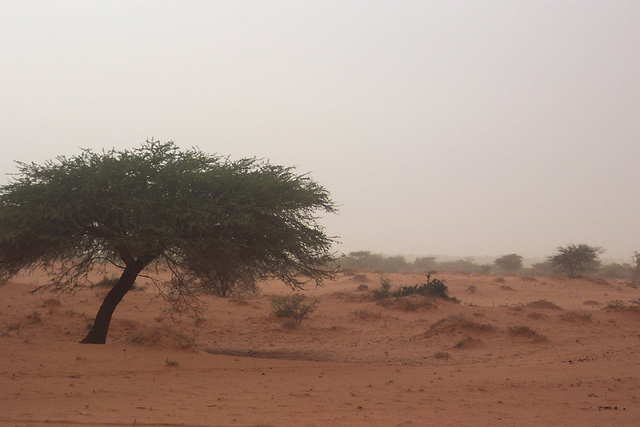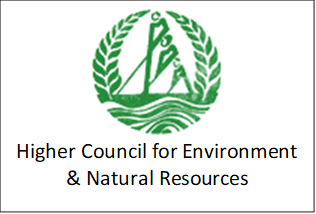Sudan National Adaptation Programme of Action (NAPA)
Project Overview
Climate change poses significant challenges to a developing country like Sudan, the largest in Africa. Not only will many of its important ecosystems and natural resources be adversely affected, but its farmers and pastoralists - spread over thousands of villages from northern desert regions to southern forests - will face increasing difficulty in wresting their livelihoods under conditions of rising heat stress and recurrent drought. The National Adaptation Programme of Action has resulted in a better understanding of the links between adaptation to climate change in the Sudanese government’s ongoing efforts at poverty alleviation.
Throughout much of the country, water resources are limited, soil fertility is low, and drought is common. These underlying conditions are exacerbated by range of human pressures, creating a situation in which Sudan is already highly vulnerable to current climatic shocks - and apart from taking adaptive measures - will become even more vulnerable in the face of future climate change.
Project Details
Adaptation to climate change is a very compelling subject for the people of Sudan, burdened as they already are with devastating and recurring droughts, as well as severe hardships in the ability to coping with even current climatic variability.
Major adaptation activities and needs that have been identified across the five ecological zones include, Community-based forest and range land management and Rehabilitation and Replacement of household goat herds with sheep herds to reduce pressure on fragile range lands.
Sudan is the largest country in Africa. Its total area is over 250 million hectares, much of which is comprised of arid lands and desert.
Sudan lies within the tropical zone between latitudes 3o and 22o North and longitude 22 o to 38o East. Mean annual temperatures vary between 26oC and 32oC across the country. Rainfall, which supports the overwhelming majority of the country's agricultural activity, is erratic and varies significantly from the northern to southern ranges of the country.
The unreliable nature of rainfall, together with its concentration in short growing seasons, heightens the vulnerability of Sudan’s rain-fed agricultural systems. The most extreme temperatures are found in the far northern part of the country, where summer temperatures can often exceed 43oC and sandstorms blow across the Sahara from April to September.
These regions typically experience virtually no rainfall. In the central area around and just south of Khartoum, average annual temperatures are around 27oC, with rainfall averaging about 200 mm/year and rarely exceeding 700 mm/year.
Climate Related Hazards
- Flooding (flash)
- Drought and low flows
- Windstorms
- Intense rainfall
- Sand/dust storms
- Heat waves
Main Human Vulnerabilities and Livelihood Impacts
- Reduced agricultural production
- Water shortage and/or groundwater depletion
- Increased disease and/or other health problems
- Food security
- Income generation
Key Results and Outputs
Priority Adaptation Projects
- Rangeland rehabilitation and water harvesting in the Butana area of Gedarif State
- Improved water harvesting practices
- Improving sustainable agricultural practices under increasing heat-stress in the River Nile State
- Environmental conservation and biodiversity restoration in northern Kordofan State as a coping mechanism for rangeland protection
- Strategies to adapt to drought-induced water shortages in highly vulnerable areas in Central Equatorial State
Project Components:
- Scoping activities, through which available and pertinent information related to vulnerability and adaptation options will be collected, reviewed and synthesized
- Consultation activities, through which “front-line” perspectives on pressing vulnerabilities and promising adaptation options will be conveyed
- Prioritization activities, through which country-driven criteria will be applied to prioritize adaptation action.
Expected Outputs:
- Ensure adequate stakeholder representation in the development of the NAPA document
- Identify a comprehensive range climate change adaptation strategies
- Establish country-driven criteria by which to evaluate and prioritize adaptation measures
- Make consensus-based recommendations for adaptation activities
- As needed, recommend capacity building, and policy, programme, and institutional integration, as part of adaptation priority activities
Reports and Publications
Assessments and Background Documents
Sudan National Adaptation Programme of Action (NAPA) Official Document - July 2007
Contacts
<





